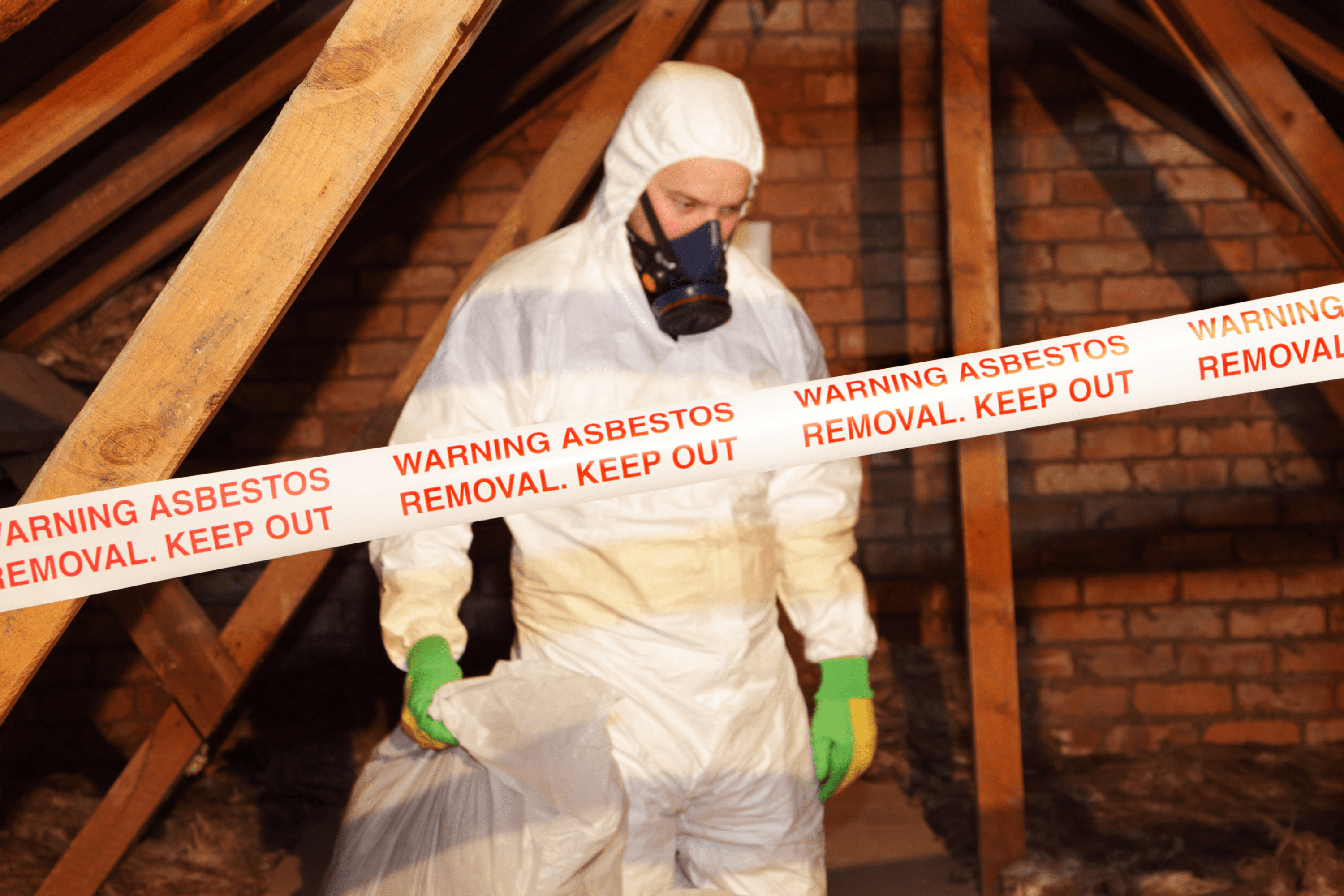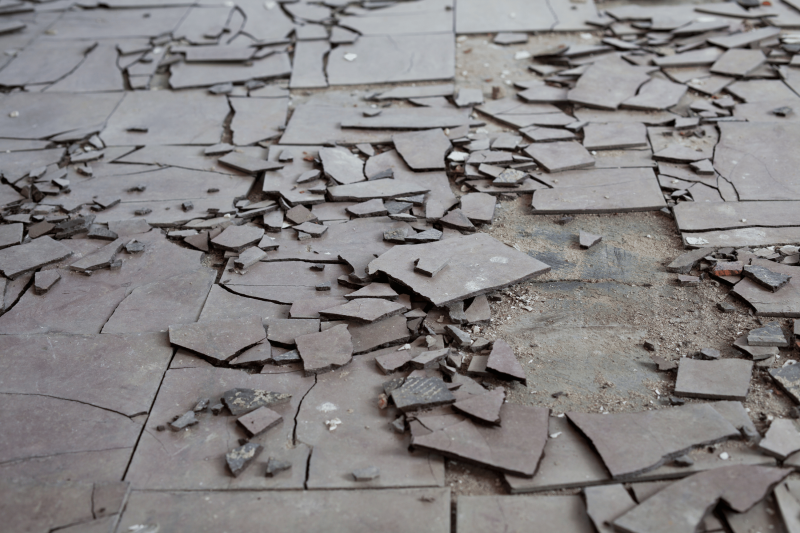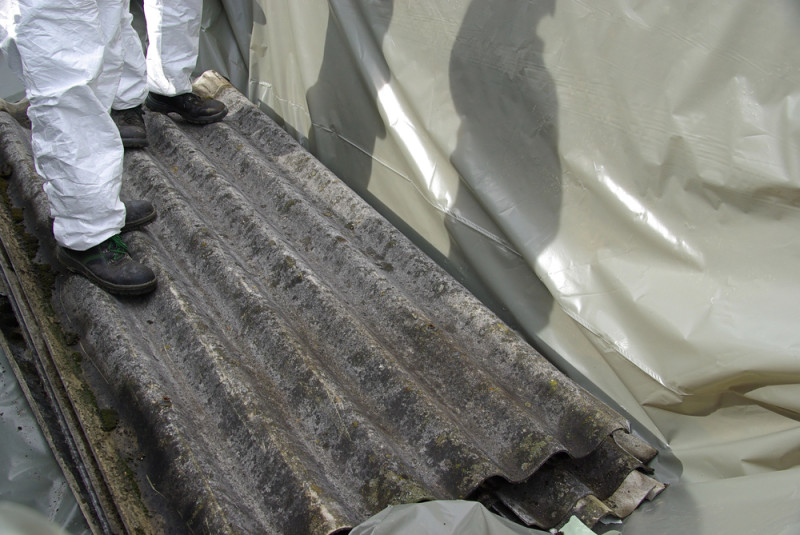Asbestos has long been known for its durability and heat resistance, but it poses significant health risks. Managing and controlling asbestos in the workplace, whether you work at a school, warehouse, factory, farm, etc. is crucial to ensure the safety of employees and compliance with regulations. This blog will help you understand the management of asbestos and provide practical steps to mitigate its risks.
Are asbestos containing materials present in your workplace? Get in touch with Rapid Asbestos Removals.
Understanding asbestos and asbestos containing materials
What is asbestos?
Asbestos is a naturally occurring mineral fibre that was commonly used in construction materials due to its strength and resistance to heat and chemicals. However, prolonged exposure to airborne asbestos fibres or asbestos contaminated dust can lead to serious asbestos related diseases including lung cancer and mesothelioma.
What does ACM stand for?
ACM stands for Asbestos Containing Materials. These materials include any product that contains more than one percent asbestos by weight. Examples of ACM include:
Insulation
Insulation materials containing asbestos were widely used in buildings and industrial facilities due to their excellent heat resistance and insulating properties. These materials can be found in:
- Pipe insulation: Asbestos lagging was often used to insulate pipes in commercial and industrial settings to prevent heat loss and protect against fire hazards. This type of insulation can become friable and release fibres if damaged or deteriorated.
- Boiler insulation: Boilers and other heat-producing equipment were frequently insulated with asbestos-containing materials. Over time, the insulation can become brittle and pose a significant health risk if disturbed.
Floor tiles
Asbestos-containing floor tiles were popular for their durability and fire-resistant properties. They were commonly used in both residential and commercial buildings. Examples include:
- Vinyl asbestos tiles: These tiles were made by combining vinyl with asbestos fibres, creating a resilient and long-lasting flooring material. Vinyl asbestos tiles is generally non-friable, but cutting, sanding, or breaking the tiles can release asbestos fibres.
- Backing and adhesives: The backing material and adhesives used to install floor tiles often contained asbestos. When removing or replacing old flooring, these materials can become disturbed and release fibres.
Roofing materials
Asbestos was frequently used in roofing materials to enhance their strength and resistance to weathering. Common asbestos-containing roofing products include:
- Asbestos cement sheets: Often used for roofing and cladding, asbestos cement sheets are durable and weather-resistant. However, cutting, drilling, or breaking these sheets can release asbestos fibres into the air.
- Roof shingles: Some roof shingles were manufactured with asbestos to increase their fire resistance and longevity. These shingles can pose a risk when they deteriorate or during roofing repairs.
Cement products
Asbestos cement products were widely used in construction due to their robustness and versatility. These products include:
- Asbestos cement pipes: Commonly used for water supply and drainage systems, asbestos cement pipes are strong and resistant to corrosion. However, they can become hazardous if they crack or break.
- Asbestos cement panels: These panels were used for walls, ceilings, and partitions in buildings. They are generally non-friable, but cutting or drilling can release asbestos fibres.
- Corrugated asbestos cement sheet: Used for roofing and siding, asbestos cement sheeting is strong and durable. Like other asbestos cement products, they can release fibres if they are damaged or cut.
The importance of asbestos management
Why is managing asbestos important?
Proper management of asbestos is vital to prevent exposure to its hazardous fibres. When ACM is disturbed, fibres can become airborne and pose a significant health risk to anyone who inhales them. Managing asbestos ensures a safe working environment and compliance with occupational health and safety regulations.
Legal requirements for asbestos management
In Australia, and many other countries, there are strict regulations governing the management of asbestos in the workplace – see more on the Commerce WA Government Site. Failure to comply with these regulations can result in severe penalties and put the health of employees at risk. Learn more about Australian regulations on asbestos management.

Steps to manage asbestos in the workplace
1. Conduct an asbestos survey
The first step in managing asbestos is to conduct a thorough asbestos survey and document details in the relevant asbestos register. This involves identifying and assessing the presence of ACM in your workplace. A professional asbestos surveyor can help you identify potential risks and develop a management plan.
2. Develop an asbestos management plan
An asbestos management plan outlines the procedures for the management or control of asbestos in your workplace. This plan should be created by a health and safety representative and include:
- Identifying asbestos containing materials and their location
- Assessment of the condition of ACM
- Procedures for regular monitoring and maintenance
- Emergency procedures in case of accidental disturbance
3. Regular monitoring and maintenance
Regular monitoring and maintenance of ACM are essential to ensure it remains in good condition. This includes periodic inspections and maintaining records of any changes in the condition of ACM.
4. Asbestos removal and remediation
In some cases, removal or remediation of ACM may be necessary. This should only be carried out by licensed asbestos removalist. Professional removal ensures that asbestos fibres are safely contained and disposed of according to regulations.
Do you require a licensed asbestos removalist? Get in touch with us at Rapid today.
Manage asbestos in your workplace with Rapid
Effective management of asbestos in the workplace is crucial for ensuring the health and safety of employees. By conducting regular surveys, developing a comprehensive management plan, and consulting with professionals like Rapid Asbestos Removals, you can mitigate the risks associated with asbestos.
Ensure the safety of your workplace by scheduling a professional asbestos survey today. Contact Rapid Asbestos Removals to learn more about our comprehensive asbestos management services, including asbestos sampling, testing and removal of non friable asbestos, and protect your employees from potential health hazards.
FAQs about managing asbestos in the workplace
ACM stands for Asbestos-Containing Material, which includes any material with more than one percent asbestos by weight.
An asbestos survey conducted by a professional can help identify the presence of ACM in your workplace building.
If asbestos containing material is disturbed, immediately evacuate the area and contact a licensed asbestos removal professional to assess and manage the situation.
An asbestos register is a detailed document that lists the locations, types, and conditions of ACM found in a workplace. It is created following a thorough asbestos survey conducted by a qualified professional. The register provides valuable information about the presence and state of asbestos, helping employers manage and control the risks associated with asbestos exposure.
No, managing asbestos without professional help can be dangerous. Always consult with licensed professionals for asbestos management, removal and disposal.
Regular monitoring should be conducted at least annually, but the frequency may vary depending on the condition and location of asbestos containing material (ACM).


